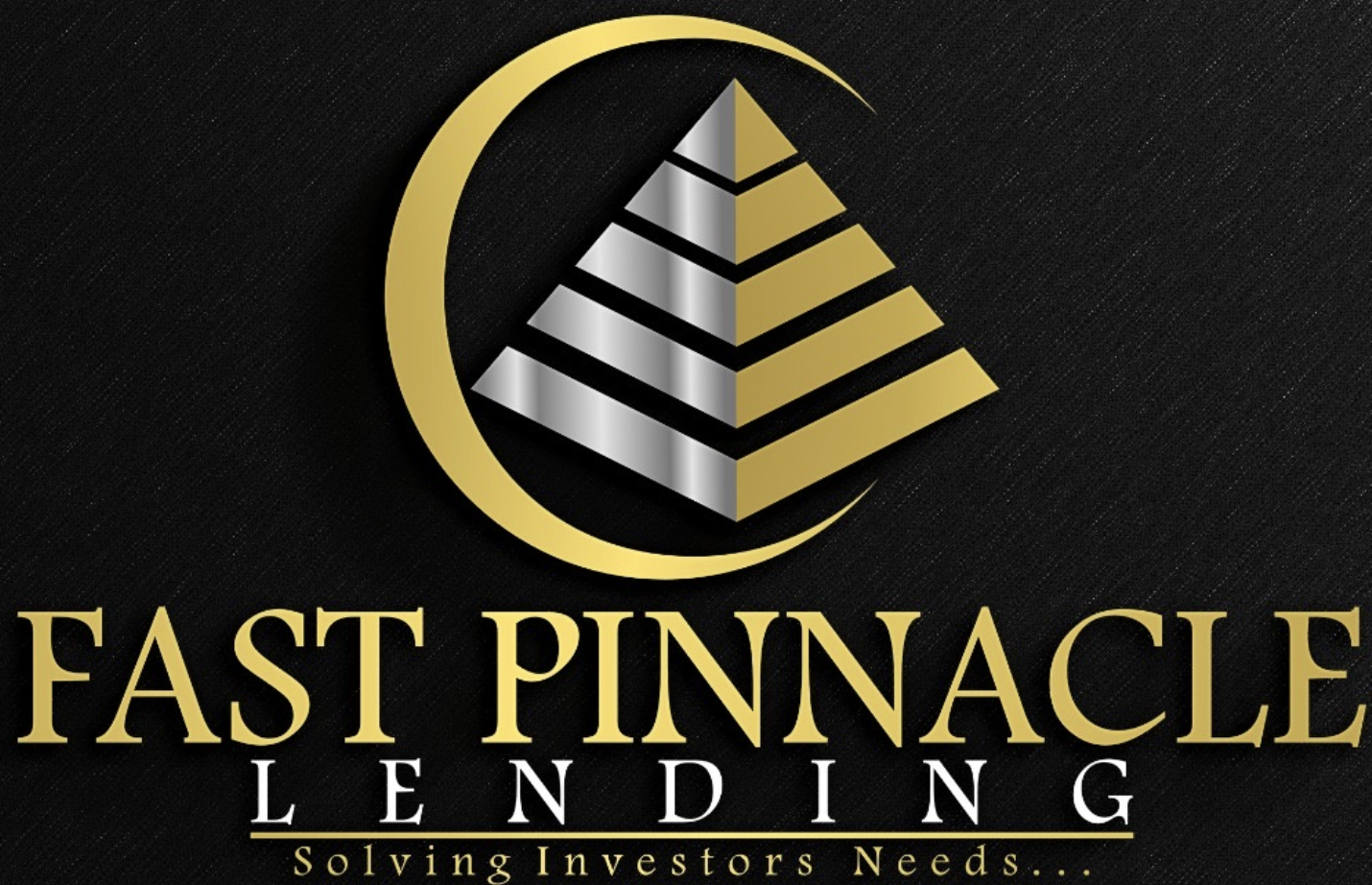When it comes to investing in condos as a rental property, many real estate investors…
Infill Construction Loans for Real Estate Investors

Construction loans play a vital role in addressing housing shortages, especially in urban areas. These loans offer flexible financing tailored to the unique challenges of developing in densely populated areas. Whether it’s for single-family residences, 2 to 4 units, townhomes, planned unit developments, or condominiums, Construction loans support essential property types, helping to address housing shortages.
The Rise of Infill Construction for Real Estate Investors
Urban and suburban areas are already well-developed, making new construction challenging and expensive. However, with growing housing demand, especially in cities, infill construction has emerged as an innovative solution.
Infill construction uses vacant lots and underutilized spaces for new developments. It fills gaps between existing buildings and repurposes land for greater efficiency. Infill construction loans help real estate investors seize opportunities and contribute to neighborhood revitalization.
Why Infill Construction Loans Matter
Lenders design these loans specifically for urban development, addressing challenges like smaller plots, outdated infrastructure, and complex zoning regulations. These loans empower investors to bring life back into neglected spaces while benefiting from real estate investment financing solutions.
Benefits of Infill Construction
- Revitalize Neglected Areas: Infill construction loans provide investment property financing that targets overlooked urban plots. This promotes the redevelopment of spaces that may have been previously ignored due to their size or location.
- Boost Property Values: Developing unused lots or run-down properties increases property values and local tax revenue, benefiting the community.
- Job Creation: Infill construction creates jobs and supports local economic growth.
- Foster Community Growth: Mixed-use buildings and other residential or commercial spaces can create vibrant, well-connected neighborhoods.
- Environmental Sustainability: Building on existing urban land reduces sprawl, preserves green spaces, and uses available infrastructure. This makes cities more sustainable.
Challenges of Infill Construction Projects
While infill construction offers multiple benefits, challenges also exist, particularly in terms of financial risks and project complexity. Some projects require addressing outdated utilities, infrastructure damage, and zoning restrictions. These factors can demand additional investment or lead to project delays.
Navigating local zoning regulations is another challenge, as developers often face complex approval processes, and local communities may express concerns about the impact of new developments on traffic and neighborhood character.
Infill Construction Loans: Financing Tailored for Urban Growth
Infill construction loans offer a range of benefits that make them an attractive option for real estate investors. These loans address the specific needs of urban development, where construction opportunities are limited, and infrastructure challenges often arise.
Key Features:
- Tailored Financing: Infill construction loans are customized to meet the requirements of urban development projects. Lenders assess the project’s scope and financial needs to ensure the loan structure fits the project’s unique aspects.
- Loan Amounts and Terms: These loans typically have shorter terms than conventional construction loans because infill projects have faster turnaround times. The loan amounts are determined by the size and scope of the development, ensuring flexibility in investment property loans.
- Approval Process: Lenders evaluate each project’s viability, considering location, market demand, and potential risks before approving the loan.
- Staged Disbursements: Lenders release funds at milestones such as site preparation, construction phases, or inspections. This helps investors manage cash flow during development.
- Risk Mitigation: Lenders conduct thorough due diligence to identify and mitigate risks like environmental issues, zoning restrictions, and infrastructure challenges.
- Permanent Financing Options: After completing the project, investors can seek long-term financing or sell the property to repay the infill construction loan.
Internal and External Links for Further Exploration
For more insights on how infill construction loans can empower real estate investors, explore our Fix & Flip Loan and DSCR Loan pages. These solutions can complement infill construction projects by offering tailored financing for various property types.
External resources like the National Association of Home Builders and HUD.gov provide more detailed guidelines on urban development and zoning regulations, which are essential for understanding the challenges and opportunities in infill construction.
Conclusion
Infill construction loans are a powerful tool for real estate investors, providing the financial support needed to transform underutilized urban spaces. By revitalizing these areas, investors can enhance property values, create jobs, foster vibrant communities, and promote sustainability.
With tailored investment property loans and a focus on urban development, infill construction is poised to reshape the way we think about growth and community building. At Fast Pinnacle Lending, we offer competitive rates and streamlined processes to help you bring your urban vision to life.




